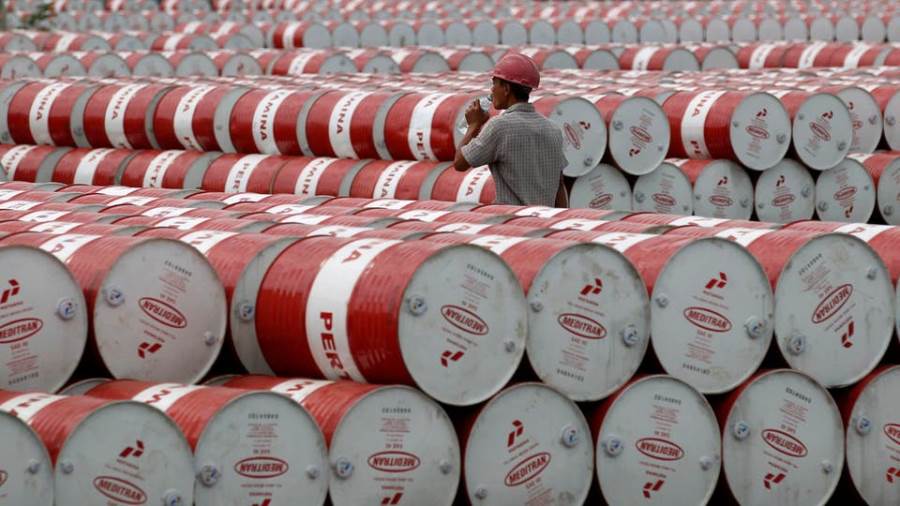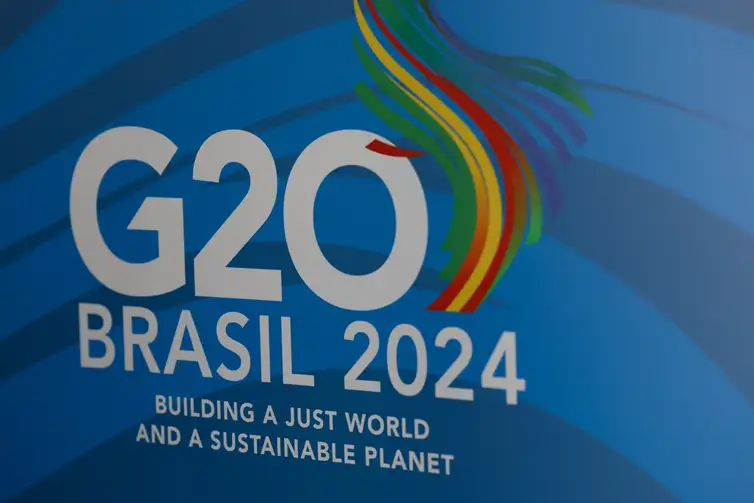Global Oil Dynamics: China's Demand and Gaza Tensions
As oil prices fluctuate, the global market faces the impacts of China's economic recovery and ongoing tensions in Gaza.
Published May 11, 2024 - 00:05am

Image recovered from shorouknews.com
Oil prices have witnessed fluctuations, showing an increase on Friday supported by strong Chinese economic data and the unceasing conflict in Gaza. Data reveals a resumption in the growth of Chinese imports and exports after contraction last month, indicating both domestic and external demand improvement.
However, on the other side of the spectrum, comments from Federal Reserve officials about the prospect of sustained higher interest rates could dampen demand from the world's largest oil consumers. This potential impact looms amidst the continuing conflict in the Middle East, which also plays a pivotal role in oil price dynamics.
Despite concerns over elevated U.S. interest rates possibly curtailing oil demand, a strong recovery in China's economy could support robust ongoing demand for commodities. The complexities in the Middle East, particularly around Gaza, add yet another layer of uncertainty in a region central to the oil market.
Market watchers keep a keen eye on U.S. inflation data, which could influence the Federal Reserve's stance on interest rates, thus affecting economic activity and demand for oil. With multiple factors at play, including geopolitical risks, Federal monetary policy, and the health of the Chinese economy, the oil market remains a complex and dynamic landscape.
In this intricate global scenario, countries like the United States and members of the European Central Bank are poised for critical financial policy decisions that could significantly impact oil prices and, by extension, the global economy.
The turbulence in oil markets is indicative of the intersecting forces shaping global energy supply and demand. As the world grapples with economic recovery post-pandemic, the impact of China's rebound is particularly noteworthy. Having endured a period of economic sluggishness, China's recent trade data highlights a resurgence in both consumption and industrial activity. This upswing in the world's second-largest economy offers a beacon of hope for oil producers, as it suggests a potentially stable avenue of demand that may offset reductions elsewhere.
Meanwhile, the conflict in Gaza introduces a geopolitical risk premium to oil prices, keeping investors and market strategists on high alert. Historically, instability in the Middle East has had significant repercussions for global oil supply chains due to the region's vast reserves. The current situation could prompt concerns about supply disruptions, which often precipitate higher prices as markets react to perceived scarcity and potential threats to energy security.
Simultaneously, U.S. monetary policy, as telegraphed by recent Federal Reserve comments, signals a dampening effect on global economic activity. If interest rates remain elevated, it could suppress investment and consumer spending, leading to a contraction in the demand for oil. This creates a challenging balancing act for policymakers who aim to curb inflation without stalling economic momentum.
Adding to the intricate economic narrative, upcoming U.S. inflation data looms large. Should inflation numbers present hotter than anticipated, it might compel the Federal Reserve to maintain or even escalate its hawkish stance on interest rates. Such a move could lead to a stronger dollar, which typically correlates with weaker oil prices since it makes commodities more expensive for holders of other currencies.
Furthermore, the international arena is observing the actions of the European Central Bank (ECB) as it confronts similar inflationary pressures. The ECB's policy decisions could also influence oil markets, especially if they result in significant shifts in the Euro's strength or European economic outlook. European oil consumption patterns could adjust accordingly, thereby influencing global demand metrics.
The multi-faceted challenges facing the oil sector underscore its susceptibility to a wide range of economic, political, and social factors. From consumer behavior shifts prompted by interest rate changes to the ebb and flow of international trade relations and conflicts, the oil industry is inexorably linked to the broader tapestry of the world economy. Stakeholders including governments, businesses, and consumers continue to navigate these complexities as they strive to predict and react to ongoing changes within the oil market's volatile environment.
Market analysts emphasize the need for strategic agility in the face of such uncertainties, advocating for diversified energy portfolios and resilience planning to mitigate risks associated with oil price volatility. As this scenario evolves, it becomes increasingly clear that oil prices will continue to be shaped by a confluence of diverse and unpredictable global forces.






